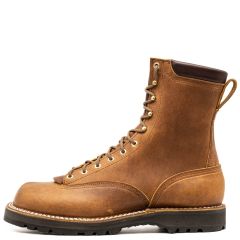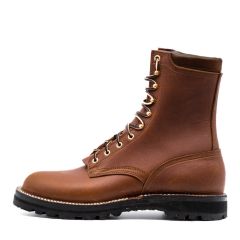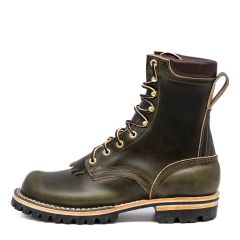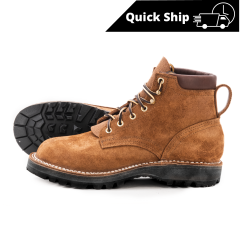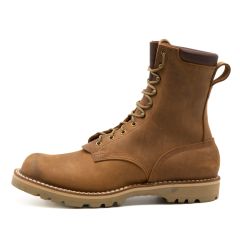Boots For Hiking
Key Features To Look For In Hiking Boots
Material And Durability
High-quality hiking boots can be made of leather or synthetic materials. Leather offers durability and water resistance, while synthetics are lighter and more breathable. Finding a balance between durability and comfort is key.
Waterproofing
Choose waterproof boots made of materials like Gore-Tex to keep your feet dry on hikes. While waterproof boots help in most situations, they may not be fully effective in extremely wet conditions.
Traction And Sole Grip
Look for boots with Vibram soles for excellent traction on different terrains. A good grip can prevent slips and falls, especially in challenging conditions.
Support And Stability
Choose boots with ankle support, especially for heavy backpacks and rough terrain. High-top boots provide more ankle support than low-top ones. A firm midsole made of EVA or PU enhances stability.
Fit And Comfort
Ensure a comfortable fit by trying on boots that are snug enough to prevent slipping but with room to move your toes. Test boots later in the day when your feet are slightly swollen, like during a hike. Try them on with the socks you plan to wear for an accurate fit. Prioritize these features to find hiking boots that keep you comfortable and supported throughout your adventures.
Types Of Hiking Boots
1. Trail Shoes:
- Designed for day hikes with comfort and flexibility.
- Low-cut design, less ankle support, good traction.
2. Hiking Boots:
- Versatile for various conditions.
- More support and durability.
- High-cut design, waterproof, aggressive tread.
3. Backpacking Boots:
- For multi-day treks with heavy loads.
- Ultimate support, durability, and protection.
- Stiff construction, high ankle support.
4. Mountaineering Boots:
- For rugged terrains, snow, and ice.
- Sturdy, durable, and compatible with crampons.
- Heavy-duty build for high altitudes and winter expeditions.
5. Approach Shoes:
- A blend of hiking and climbing.
- Flexibility and grip of climbing shoes.
- Support and durability of hiking boots.
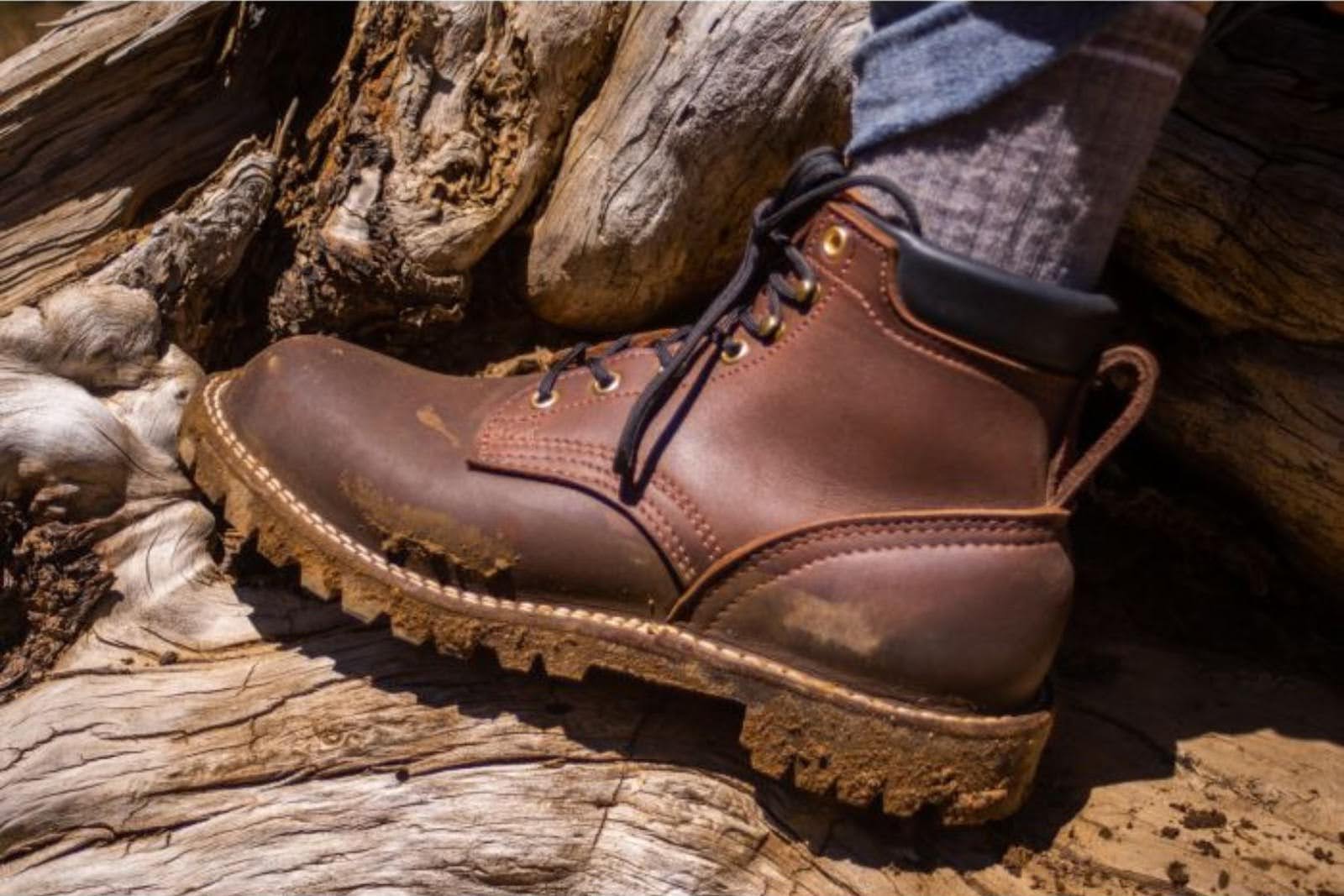
How To Ensure A Proper Fit For Your Hiking Boots
1. Measure Your Feet:
- Get professionally measured.
- Choose a size that fits the larger foot comfortably.
2. Consider The Time Of Day:
- Try on boots in the afternoon.
- Feet tend to swell during the day.
3. Wear Appropriate Socks:
- Bring hiking socks.
- Try boots with the socks you'll wear on the trail.
4. Check The Length:
- Ensure a finger can fit behind your heel.
- Prevent toes from pressing against the front on descents.
5. Evaluate Width And Volume:
- Feet should not feel pinched.
- Provide enough room for toe movement.
6. Assess Ankle Support:
- Check for snug, supportive ankle support.
- Walk around to test the comfort.
7. Simulate Trail Conditions:
- Test boots on inclines and declines.
- Ensure no sliding or lifting within the boot.
8. Listen To Your Feet:
- Pay attention to comfort and support.
- Look out for areas of pressure or discomfort.
Sole Traction And Why It Matters
When choosing Nicks Boots outdoor boots, the sole's grip is crucial for your safety and performance on the trail. Good traction ensures you can walk securely on various terrains, preventing slips and falls.
Importance Of Good Traction
Having a sole that can grip the surface you're walking on is vital. It's especially important in challenging conditions like wet surfaces or steep paths. Good traction provides stability and support, helping you navigate safely.
Features Enhancing Sole Traction
- Lug Pattern: The arrangement of bumps and grooves on the sole affects traction. Deep lugs are great for muddy terrain, while denser patterns are better for rocky trails.
- Lug Depth: Deeper lugs offer a more aggressive grip and are suitable for rough terrain. Shallower lugs work well for smoother trails.
Rubber Compound: The type of rubber used impacts both traction and durability. Hard rubbers last longer and are durable, while softer rubbers offer better grip on slippery surfaces. - Outsole Design: Innovations like multi-directional lugs and heel brakes improve traction by enhancing grip and stability. Brands like Vibram provide high-quality outsoles with exceptional traction.
Understanding these features can help you choose Nicks Boots’ hiking boots that match your specific needs, whether trekking through forests, scrambling over rocks, or navigating slippery slopes. A boot with the right traction is essential for a safe and enjoyable hiking experience.
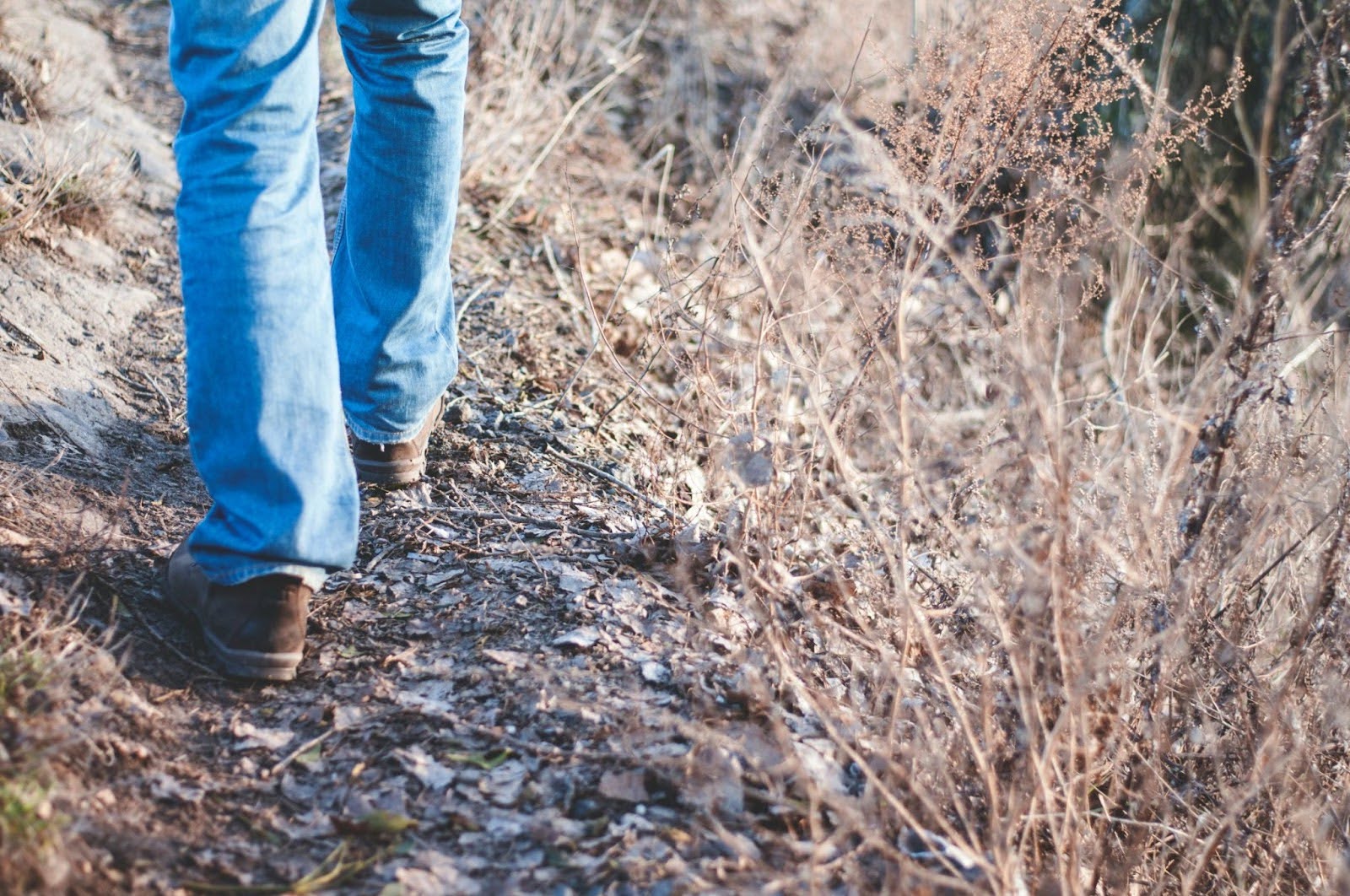
Hiking Boots For Different Terrains
- Forest And Green Trails: Lightweight hiking boots are ideal for soft and even trails. Look for moderate ankle support, breathability, and waterproofing.
- Mountain And Rocky Trails: Terrain with sharp rocks and uneven surfaces requires sturdy boots with ankle support, toe protection, and aggressive soles for grip.
- Desert And Dry Trails: Choose breathable and lightweight boots with moisture-wicking properties. Focus on ventilation and traction on sandy paths.
- Snow And Winter Trails: Insulated, waterproof boots with high-traction outsoles are essential for snowy and icy conditions. Consider compatibility with crampons.
- Wet And Muddy Trails: Water-resistant or waterproof boots with deep lugs are necessary for wet and muddy terrain. Look for breathable membranes for comfort.
- Adaptability With Mixed Terrains: Select versatile boots with a balance of durability, support, and comfort. Prioritize waterproofing, breathability, and versatile sole patterns.
From understanding the key features that define long-lasting hiking boots, including material durability, weight, support, and water resistance, to recognizing the different types designed for various terrains, making an informed decision is crucial. Whether you're trekking through lush forests, navigating rocky peaks, traversing arid deserts, or exploring icy trails, there's a perfect pair of hiking boots tailored to your needs.
Frequently Asked Questions
What are the best hiking boots for beginners?
For beginners, the best hiking boots balance comfort, support, and durability. Look for boots with good ankle support, a sturdy sole with decent traction, and ones made from breathable, waterproof materials. Brands like Merrell, Columbia, and Keen are often recommended for those just starting out.
How much should I spend on hiking boots?
The price of hiking boots can vary widely, but it is generally recommended to spend between $100 and $250 on a quality pair. While it's tempting to go for cheaper options, investing in a durable pair of boots can save money in the long run by avoiding the need for frequent replacements.
What is the difference between hiking boots and hiking shoes?
The main difference lies in the support and protection they offer. Hiking boots typically have a higher cut that provides more ankle support and protection against obstacles, making them suitable for rugged terrains. On the other hand, hiking shoes are lower-cut and lighter, offering more flexibility and comfort for easier trails.
Are waterproof hiking boots necessary?
Waterproof hiking boots are beneficial if you often hike in wet conditions or cross streams. They keep your feet dry and comfortable, preventing blisters and other foot issues. However, in dry conditions, non-waterproof, breathable boots might be more comfortable as they allow better air circulation around the feet.
How do I know if a hiking boot fits properly?
A properly fitting hiking boot should be snug around the heel and midfoot, with about a thumb's width of space between the front of the boot and your toes to allow for toe movement. When trying on boots, wear the socks you plan to hike in, and test the fit by walking on an incline.
What are the most durable hiking boots?
Durability in hiking boots is often tied to brands that specialize in outdoor footwear using high-quality materials. Brands like Salomon, Scarpa, and Asolo are known for their durable designs. While heavier, leather boots typically offer greater durability than synthetic models.
Can I use running shoes instead of hiking boots on hikes?
While you can use running shoes for light and easy trails, they generally don't provide the same protection, support, and traction as hiking boots or shoes, especially on rugged terrains. It's advisable to use footwear specifically designed for hiking for safety and comfort.
How do I break in new hiking boots?
To break in new hiking boots, wear them for short periods around the house or short walks. Gradually increase the duration and difficulty of walks, allowing the boots to mold to your feet and the material to soften. This process can take a few weeks, so be patient.
What are the best lightweight hiking boots?
Lightweight hiking boots are ideal for day hikes and well-maintained trails. Brands like Nicks Boots offer some of the best lightweight options without skimping on support, comfort, or durability.
Are there hiking boots suitable for wide feet?
Many brands offer models designed specifically for wide feet to ensure comfort and a proper fit. Look for options from brands like New Balance, Altra, and Keen, which have a reputation for accommodating wider foot shapes.

